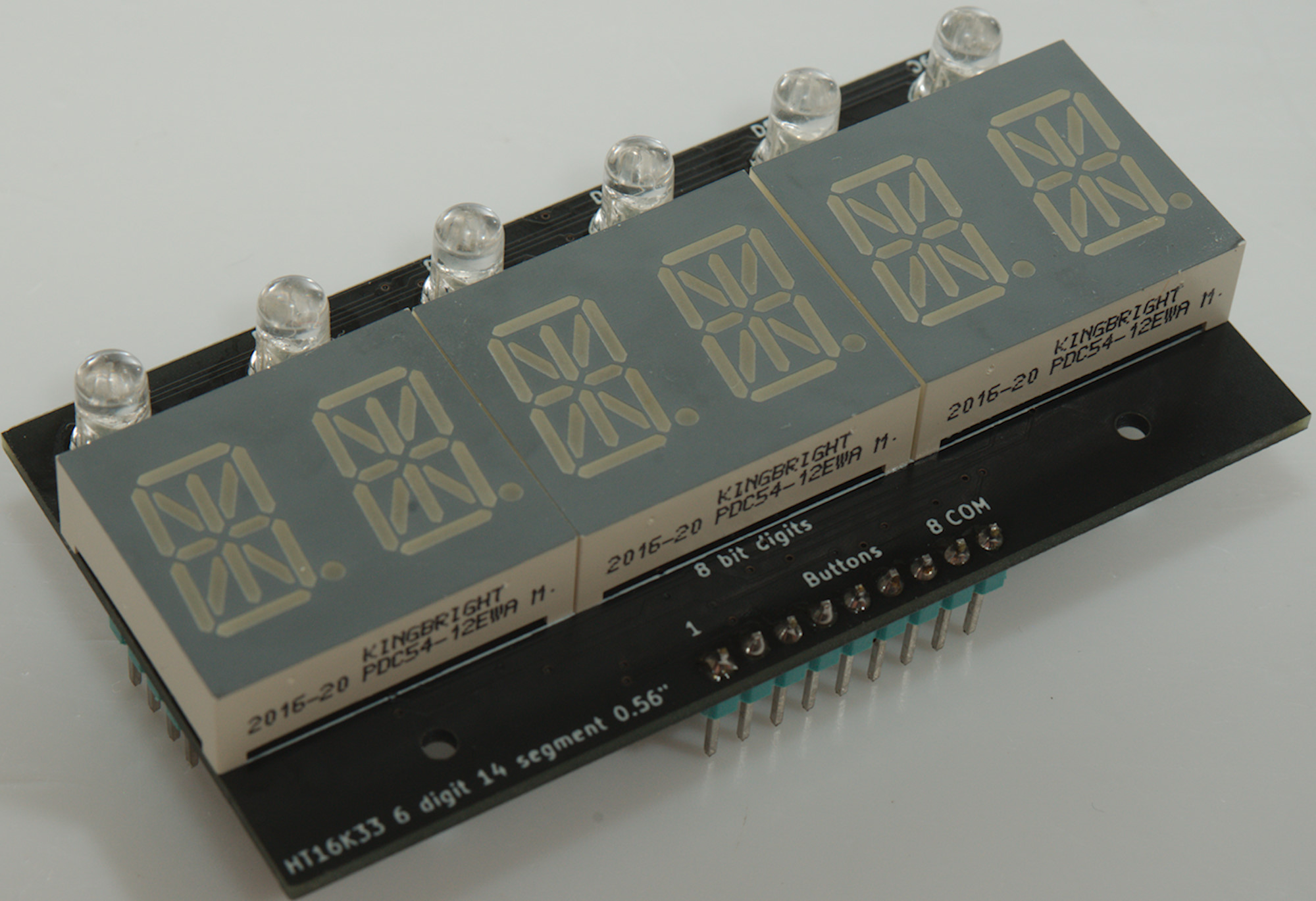

Multisim 14.0.1 or higher, Education Edition.You will need the following for this tutorial: This tutorial provides an example of how you can develop counters using the DSDB or any other Digilent FPGA board and use these to control the onboard 7-segment displays using Multisim and the PLD schematic.įor more details on installing and setting up the DSDB in Multisim, refer to the Getting Started with Digilent Boards in Multisim guide. Because of the inability of software-based simulations to meet the speed of hardware, gaining an understanding of timing can be difficult. Timing is a critical part of digital design. The PLD schematic allows educators and students to create graphical logic diagrams like those found in textbooks and deploy these to educational FPGA boards such as the Digital System Development Board (DSDB). Multisim’s Programmable Logic Device (PLD) schematic, along with support for leading Digilent teaching hardware allows students to put the fundamentals of digital theory into practice. Taking a hands-on approach to learning digital logic can be difficult without the need for students to learn complex hardware descriptive languages. 43Program Push Button Switch.44Processor Subsystem Reset.44 36Ģ | ni.com | NI Digital System Development Board User ManualĬlock Sources. The DSDB also has the ability to be used as a standalone Zynq development platform, independent of NI ELVIS.ĬontentsContents. When paired with the NI ELVIS platform, it becomes an ideal lab installation for classes centered on digital and analog circuits.

NI Digital System Development Board The Digital System Development Board (DSDB) is an NI ELVIS add-on board featuring a Zynq 7020 All Programmable SoC (AP SoC) that was designed by Digilent for National Instruments. The DSDB also has the ability to be used as a standalone Zynq development platform, independent of NI ELVIS.

USER MANUAL NI Digital System Development Board The Digital System Development Board (DSDB) is an NI ELVIS add-on board featuring a Zynq 7020 All Programmable SoC (AP SoC) that was designed by Digilent for National Instruments.


 0 kommentar(er)
0 kommentar(er)
